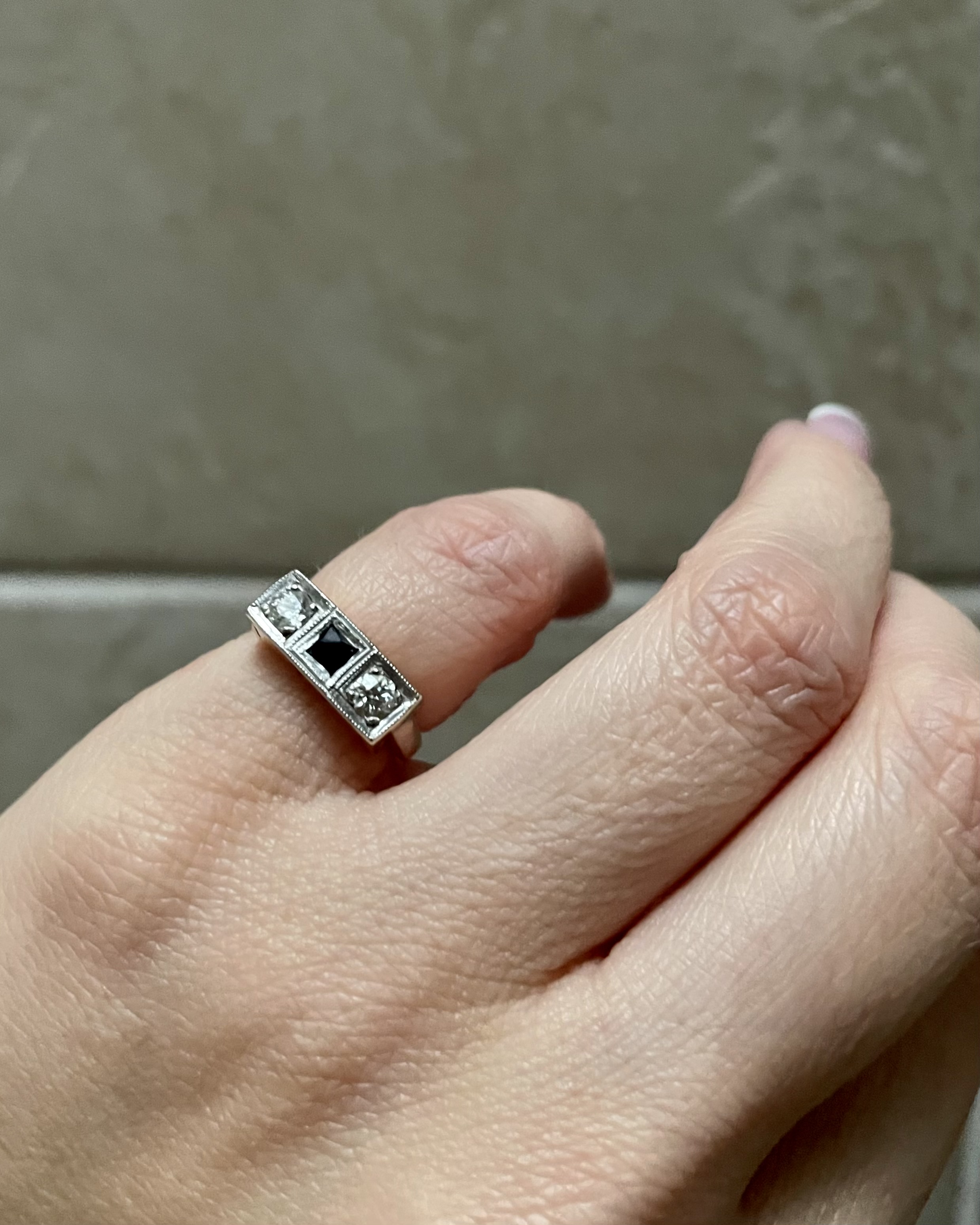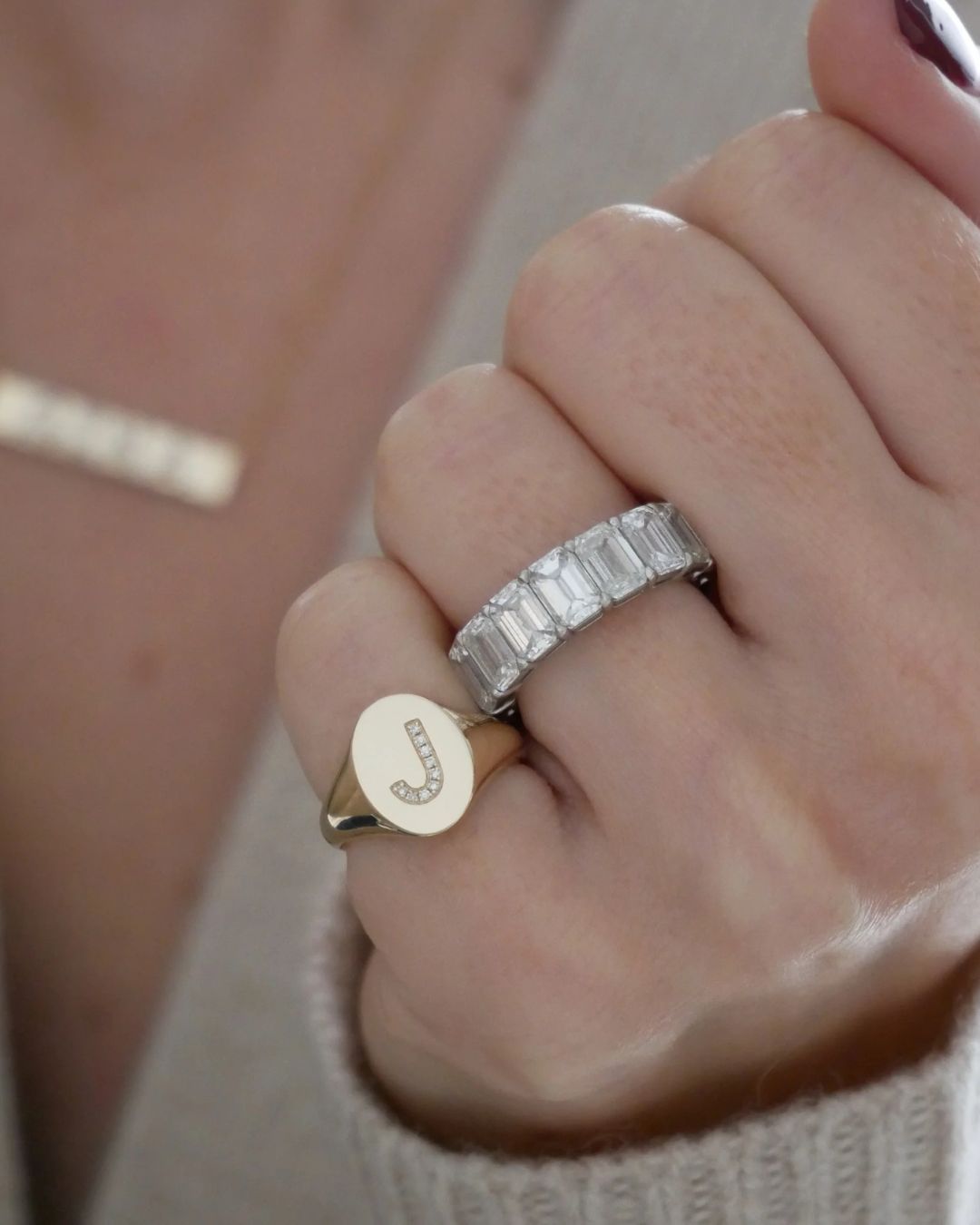< Historic Diamonds / Famous Diamonds
The Florentine Diamond: A Lost Treasure Resurfaces After a Century
After vanishing for a century, the legendary Florentine Diamond—once owned by the Medicis and the Habsburgs—has resurfaced in a Canadian bank vault, ending one of the greatest mysteries in gem history.
Published: November 6, 2025
Written by: Grant Mobley
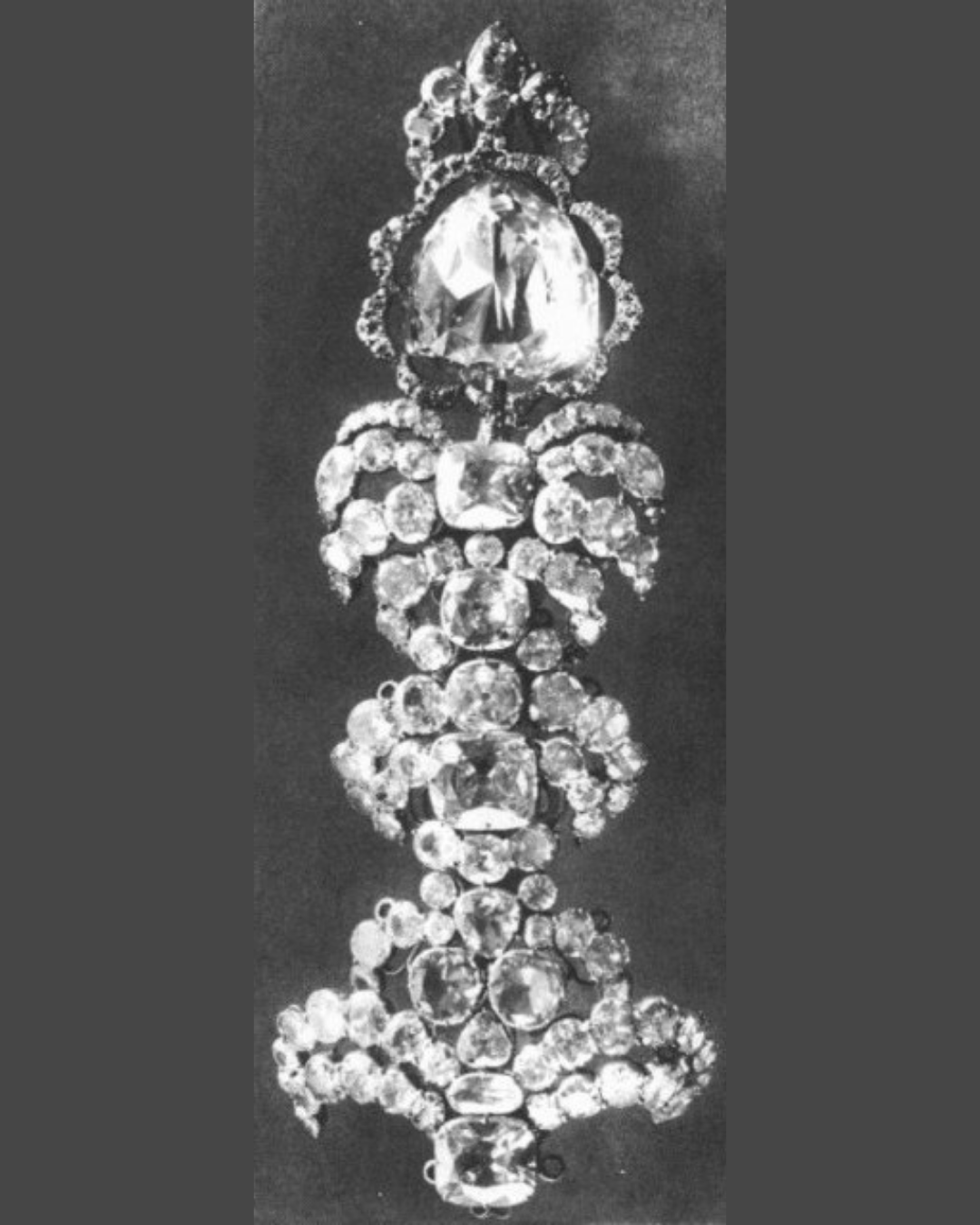
For a hundred years, the Florentine Diamond existed somewhere between history and myth. Whispers about its fate circulated in auction houses, books, newspapers, movies, and gemological journals alike. Had it been stolen? Recut? Hidden away in some royal estate? For decades, no one knew for sure.
Now, at long last, one of the world’s most storied diamonds has emerged from the shadows. In a revelation first reported by The New York Times, members of the Habsburg family have confirmed that the legendary natural diamond, thought lost forever, has been safely locked inside a Canadian bank vault for nearly a century.
Meet the Expert

- Grant Mobley is the Jewelry & Watch Editor of Only Natural Diamonds.
- He is a GIA Diamonds Graduate.
- He has over 17 years of jewelry industry experience, starting with growing up in his family’s retail jewelry stores.
It’s a discovery that reads like a mystery novel come to life, with royal intrigue, war, exile, and a priceless diamond that vanished in the chaos of a collapsing empire. And for lovers of gem history, it’s one of the most thrilling rediscoveries in living memory.
The Diamond That Defined Dynasties

The Florentine Diamond’s long and complicated history began long before it became a prized possession of the European courts. Like so many great diamonds, its origin is in India’s Golconda region, the world’s only source of diamonds before the 18th century. It was likely discovered in the 15th century and described as a pale yellow stone with a hint of green.
The Florentine Diamond weighs 137.27 carats and is an irregular nine-sided double rose cut with 126 facets. It has long been among the most celebrated diamonds in history. Its beauty was matched only by its journey through empires, revolutions, and centuries of royal succession.
There are many unconfirmed stories about the epic journey of the Florentine diamond after its discovery, but the first recorded mention of the diamond dates to 1657, when French jeweler and explorer Jean Baptiste Tavernier saw it among the treasures of Ferdinando II de’ Medici, Grand Duke of Tuscany. The Medicis are one of history’s most powerful and art-loving dynasties. Gaining wealth through banking activities, they began to influence political power and were patrons of the arts on a scale that became the stuff of legend, funding works from Michelangelo, Leonardo da Vinci, Botticelli, and others. The Florentine diamond became a symbol of Florentine might and Renaissance excess.
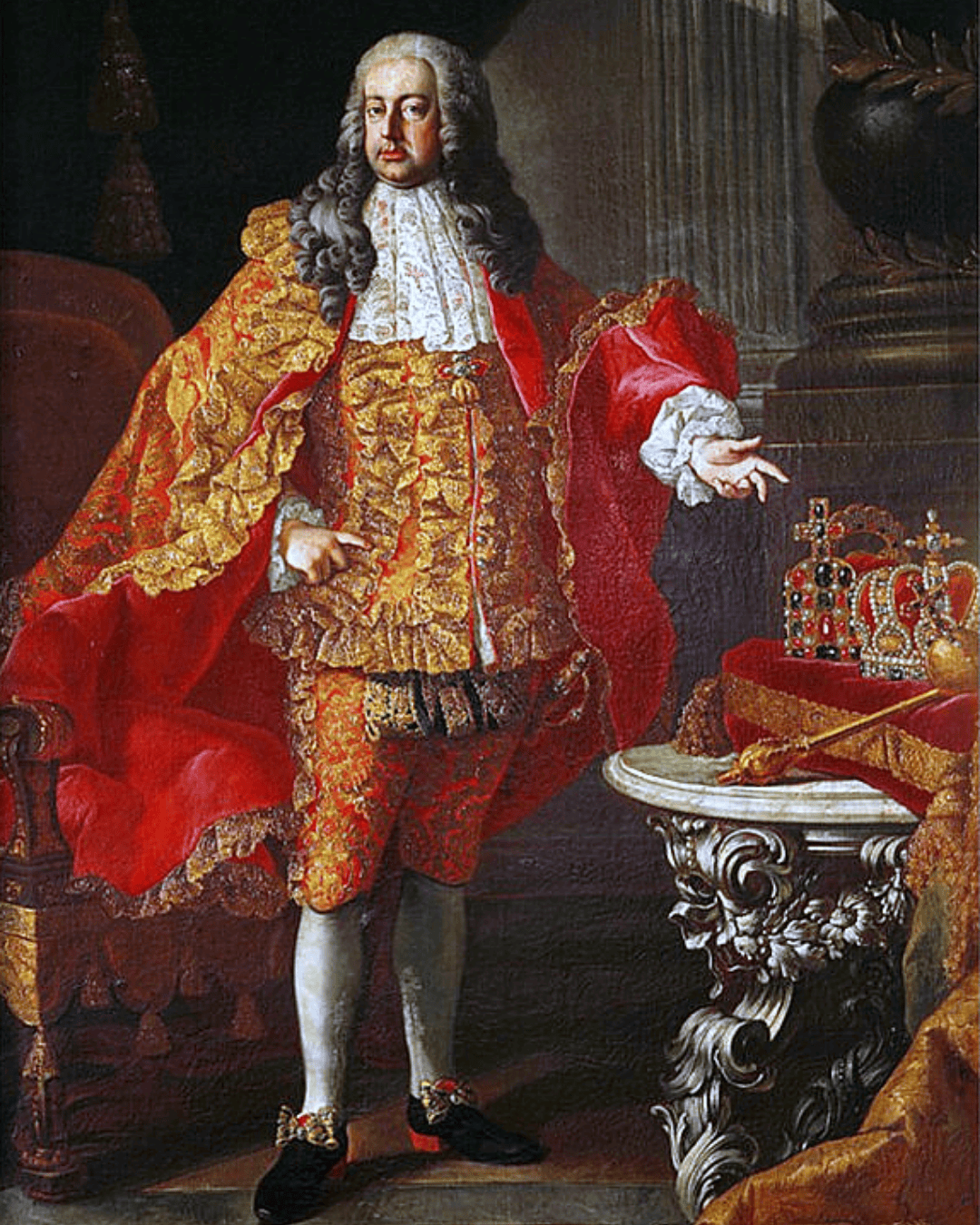
On the death of the last of the Medici line, the diamond came to the Habsburg family through Francis Stephen of Lorraine, husband of Empress Maria Theresa of Austria. It became part of the Habsburg crown jewels and found a home in the Hofburg Palace in Vienna. It adorned the crown of Francis Stephen when he was crowned Holy Roman Emperor in 1745. It was valued at $750,000 by experts of the time.
The House of Habsburg would go on to produce nearly every Holy Roman Emperor from 1440 to 1806 and later provided emperors of Austria until 1918. As historian Richard Bassett of Christ’s College, Cambridge, noted, ‘The Habsburgs are the greatest dynasty of modern history—the history of Central Europe revolves around them.’ The Florentine Diamond, once a Medici treasure, became a symbol of that legacy, linking two of Europe’s most powerful families through its extraordinary journey.
The Florentine Diamond’s Disappearance Amid the Fall of an Empire
The diamond’s long disappearance began, fittingly, amid the collapse of an empire. In 1918, as World War I drew to a close, Emperor Charles I of Austria-Hungary, the nephew of Archduke Franz Ferdinand, whose assassination had famously triggered World War I, recognized that the end of the empire was near. Fearing revolution and confiscation, he secretly ordered the royal jewels to be moved to Switzerland for safekeeping.
A year later, rumors began to circulate that the Florentine diamond had gone missing. Some believed that servants had stolen it during the flight from Vienna. Others suspected that someone had spirited it to South America or had it recut in order to change its identity. The stone would soon join the lost Orlov and the missing jewels of the Romanovs as one of the great mysteries of gemology.
For decades, experts believed the Florentine had disappeared forever. Even as the Habsburgs faded from political power, the legend of the diamond only grew.
A Royal Secret, Hidden for a Century
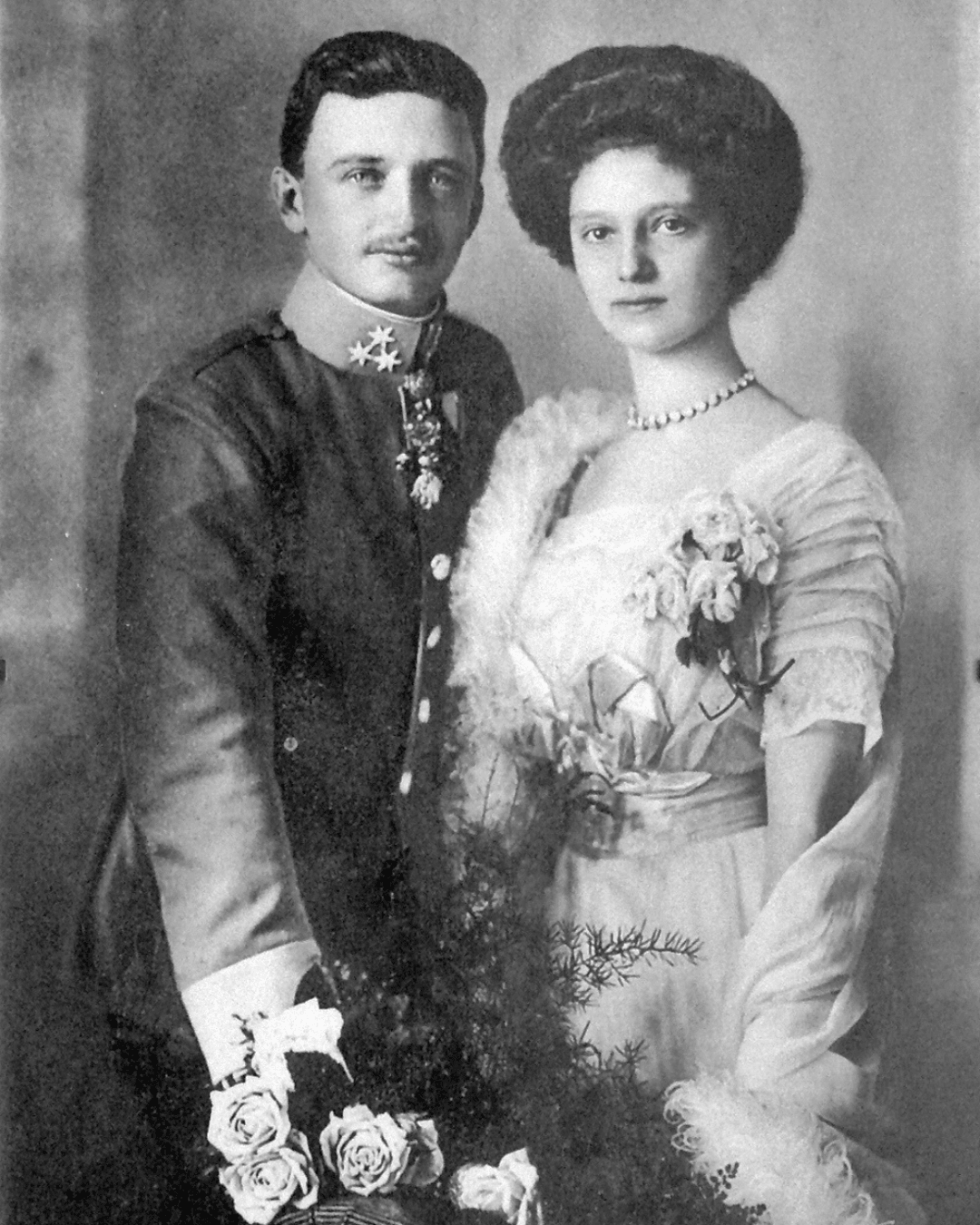
In truth, the diamond never left the family’s possession. According to The New York Times, Empress Zita, the widow of Emperor Charles, carried the Habsburg jewels with her as she fled Europe during the rise of fascism and the onset of World War II. Zita and her eldest son, Crown Prince Otto, were vocal in their opposition to the Nazi regime; Otto offered his help to the struggling First Austrian Republic to remain independent from the Third Reich. When Germany annexed Austria in 1938, Otto was proclaimed an enemy of the state, and Zita, with her eight children, had to flee Belgium.
She carried the family’s most precious heirlooms, including the Florentine Diamond, tucked inside a small cardboard suitcase. After escaping to the United States in 1940 with American assistance, the family eventually settled in Quebec, Canada, where they lived modestly. There, Zita entrusted the jewels, including the legendary Florentine Diamond, to a local bank vault, ensuring their safety for generations to come.
Zita told only two of her sons—Robert and Rodolphe—where the diamonds were stored, instructing them to keep the location secret for one hundred years after Charles died in 1922. The brothers passed this knowledge to their own sons, ensuring the diamond remained hidden and safe from theft, politics, and the speculation of the outside world.
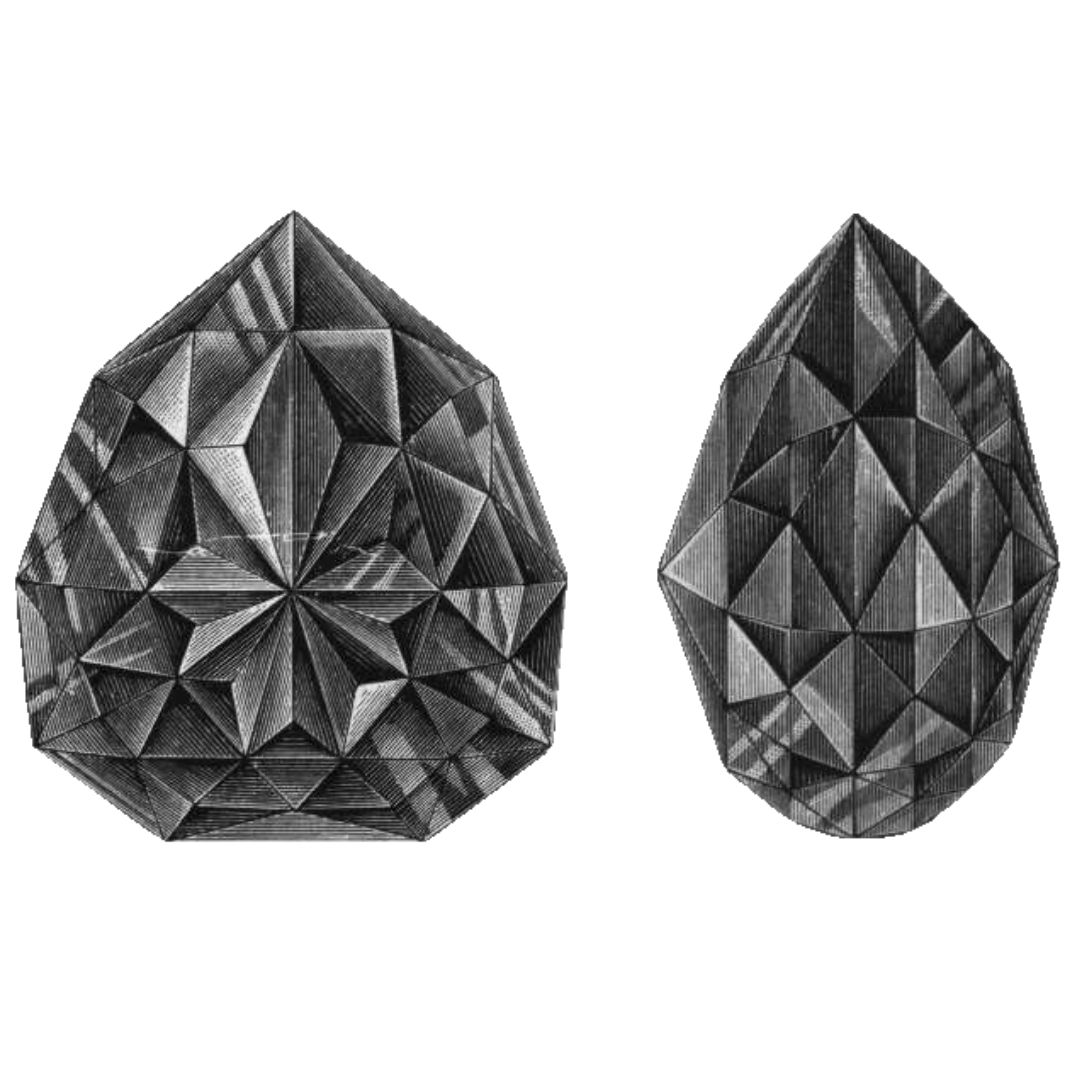
Last month, the Habsburg family invited The New York Times to witness what no one outside the family had seen in a century: the opening of the box. Inside were several historic jewels, including a diamond-encrusted Order of the Golden Fleece and other imperial heirlooms. However, the Florentine stole the show with its golden hue, as radiant as ever, and its distinctive cut, instantly recognizable from 17th-century illustrations.
Austrian jeweler Christoph Köchert, of the historic firm A.E. Köchert (once imperial court jeweler to the Habsburgs), examined the gem and confirmed its authenticity, noting that its unique cut and proportions matched historical records exactly.
The Long Legacy of the Florentine Diamond
The Florentine has lived many lives: a Medici masterpiece, a symbol of Habsburg rule, and for the past century, a ghost of gemological legend. Its masterful double rose cut, with over a hundred facets, creates an effect unlike any modern cut, diffusing light softly rather than refracting it sharply, like the modern brilliant. Artisans cut it not to dazzle under electric light but to glow softly in candlelight, just as Renaissance nobility once admired their jewels.
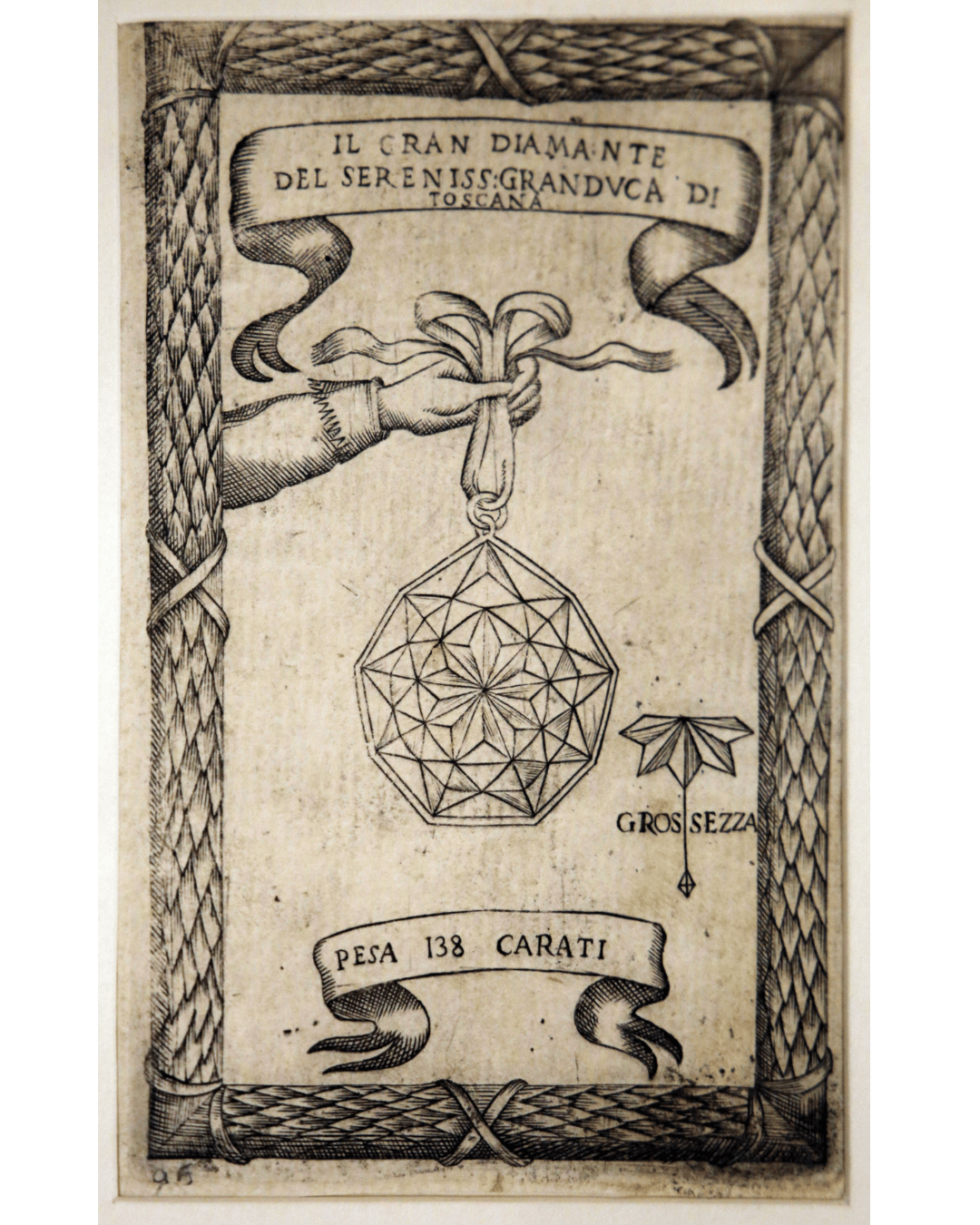
Its color, a rare blend of yellow with faint green undertones, only enhances its mystique. Unlike vivid yellows, the Florentine’s hue has an almost antique softness that feels distinctly historic, as though it holds the stories of every hand that has touched it.
Those hands were among the most powerful in European history. The Medicis used the diamond to project wealth and divine favor during the height of Florence’s artistic dominance. The Habsburgs, in turn, used it as a symbol of imperial stability. For centuries, it was both a crown jewel and a tangible symbol of political continuity in times of change.
A Future in the Public Eye
The Habsburg family has announced that the Florentine Diamond and accompanying jewels will remain in Canada, where they hope to display them in a museum as a gesture of gratitude to the country that sheltered Empress Zita and her children during the war.
It’s a fitting conclusion for a gem that has traveled from the royal courts of Florence and Vienna to a quiet vault across the Atlantic. Its reappearance solves a century-old mystery and reconnects modern audiences with a piece of European history that survived revolutions, wars, and exile.
The Florentine Diamond is a survivor, a witness to the rise and fall of empires, and now, once again, a reminder of how deeply intertwined natural diamonds are with the stories of human civilization. When so many royal treasures vanished, this one endured and finally returned to the light.
